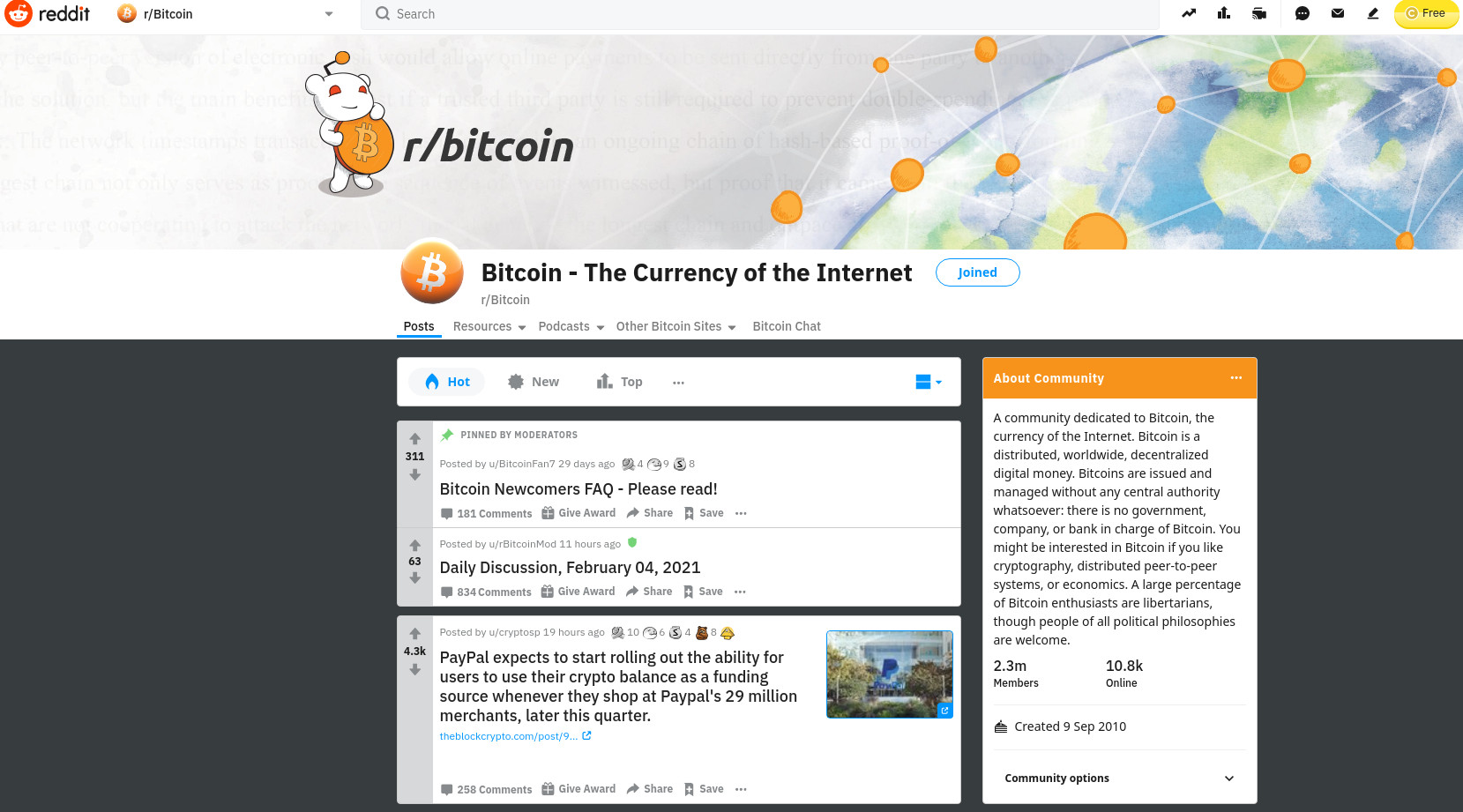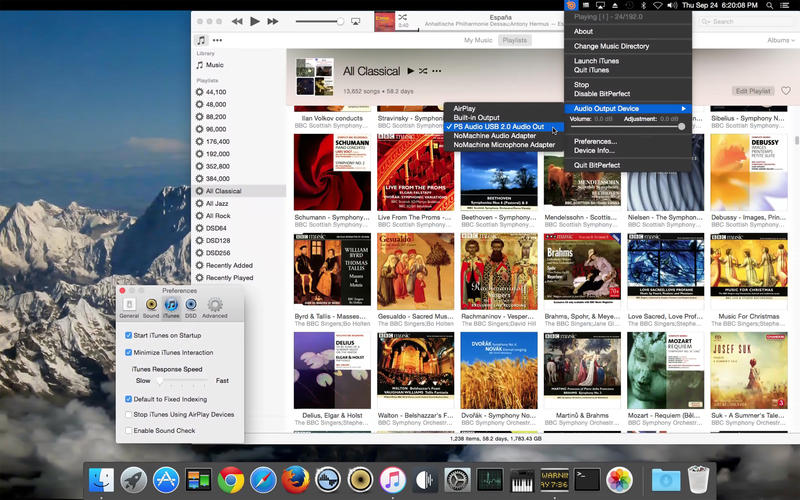

If you are interested in all this take a look at "play over the network" of pulse audio because really is a interesting options (depending of your config). So, this days, im using Mconnect Player with all that audio server that i comment here. pay) (im talking about sending the audio of the cellphone to the audio server at best quality)
#BITPERFECT REDDIT FREE#
Also for taking the local media server, if you have own, and also works with Tidal (the app is free with ads or. Is a not so beauty app, but is really great for search through Qobuz, see your own library, etc. And maybe the more important, the upmpdcli server!!! (this server have also extensions for Qobuz, but i dont use that extensions, instead i send the music to the server with the Mconnect player app. My config at this moment is just mopidy with the relevants extensions. Also i dont care just having ALSA because i use a raspberry pi as audio server (is headless, so i just have that for the audio). "Play over the network", that is a beauty. Of course pulseaudio have a lot of good and interesting functionalities like for example. Your approach is good, but anyway you dont need pulseaudio, you can just stream to ALSA. I think that i try a lot of things for Qobuz, just to get to the best quality. The secondary drawback to using the web player is the lack of gapless playback, but unfortunately that is unavoidable. What my guide does, is tell Pulseaudio to leave the data alone (don't resample) even though the data has to flow through it to get to ALSA and ultimately the DAC.
#BITPERFECT REDDIT DRIVER#
In Linux, Pulseaudio is the equivalent of the Windows mixer, whereas ALSA is the driver software that manages the output devices, so the equivalent of ASIO and WASAPI. Browsers though don't have access to this form of bypassing (on any platform, as far as i'm aware), so regardless of the quality setting I choose on the Qobuz web player, the data at the DAC will be different. This ensures that the data from Qobuz is exactly the same at the output point i.e bit-perfect. On Windows, this means that the audio stream is sent straight to the output device, bypassing the Windows sound mixing.

#BITPERFECT REDDIT HOW TO#
The main problem with that is how to listen in the equivalent of "Exclusive mode". Qobuz haven't made a desktop client for Linux, so we have to make do with the web player. Hope this helps those on Linux annoyed that they're not getting the sound quality a dedicated player would give! I'm able to confirm that a 192 kHz track on Qobuz is streamed as such through Linux, and output as such through the DAC. Then all is good! Another reason I love this Topping DAC is the display output.

Pacmd list-sink-inputs | grep -e 'sample spec:' -e 'resample method:' -e 'application\.name' To test this works, while playing Qobuz, run this command: This won't affect the stream being 24bit as increasing is harmless. If left false, it will convert the sample to the best multiple integer if edited as thus: And it's lossy!) The following applies to Debian/Ubuntu distros.Īvoid-resampling = true (default - false)Īnd that's it! This enables Pulseaudio to use the streams native sample rate. Here's how i'm able to stream up to 192 kHz directly to my Topping D10s DAC, something I can't do with Tidal (even with Masters quality, I'm limited to 44.1 kHz. It kicks Tidal's ass, which i've been using for a few years now. I use Linux Mint on my desktop PC, and have been using Qobuz for the last 24 hours through the browser LibreWolf (fork of Firefox).


 0 kommentar(er)
0 kommentar(er)
